Nothing is more frustrating than when you can’t import your photos to Lightroom AND you can’t figure out what the problem is. You might assume it’s Adobe’s secret mission sabotage your workflow, but luckily that’s not the case (I think…). In Lightroom, there are a few common reasons why you can’t import your photos, so let’s start with the basics.
The most common reason Lightroom can’t import your photos is that it believes the files are already imported. When this happens, certain files will appear greyed out and cannot be imported into the catalog. To fix this, go to File Handling and uncheck the “Don’t Import Suspected Duplicates” option.
This is the most common reason people face, but there are other possible culprits. Let’s break down the different reasons why Lightroom won’t import your photos and how to fix them.
Video Tutorial
Why Is Lightroom Not Letting Me Import Photos?
One of the easiest problems to resolve is that you simply can’t find your import button. In Lightroom, the Import button can only be found in the Library Module. If you are in the Develop Module, this option will disappear.
By switching back to the Library Module, you’ll see the import button ready for action.


With that said, it’s worth remembering that you can also import your photos by going File > Import Photos & Video. That way you don’t always need to rely on the import button.
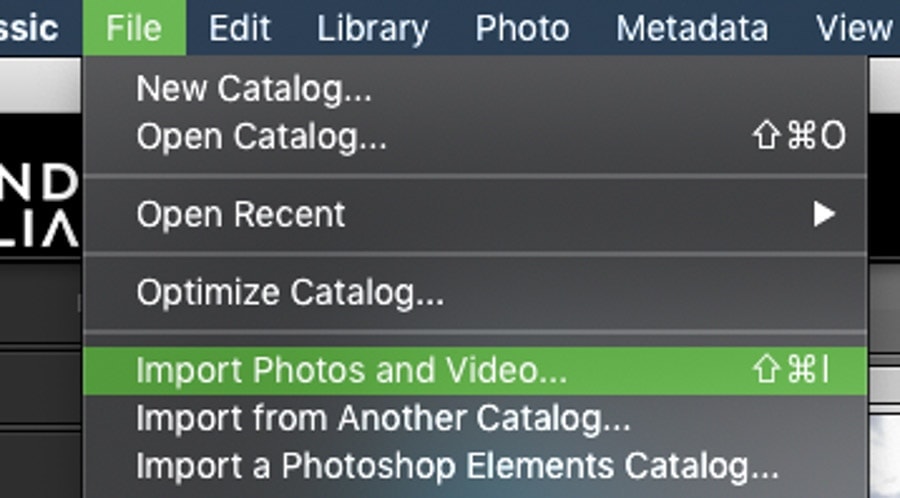
Once you’re inside the import panel, you can choose any files from your computer to import. Until you have selected a folder or files that are compatible for import, the Import button in the bottom right corner will remain greyed out.

After you’ve selected a valid folder or file, the Import option will become clickable, allowing you to import your selected images.
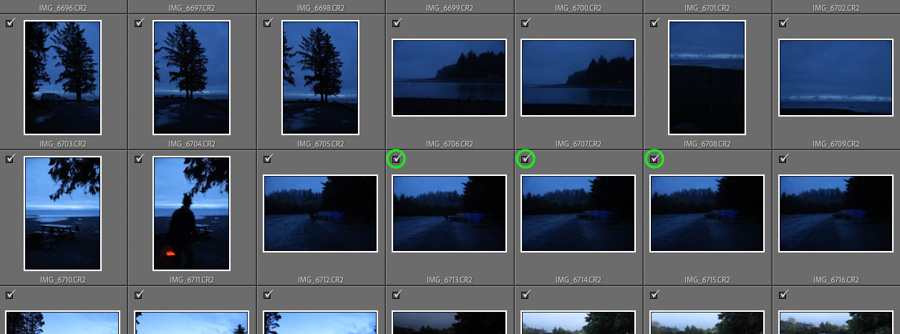

Remember that you need to see a checkmark beside each file to indicate it’s selected for import!
Rather than going through and selecting all of your files manually, selecting the “New Photos” option is a great filter to use. Found at the top of the file preview window, this setting will select any new photos you have yet to import. Any images that are already imported will be left unchecked and remain greyed out.
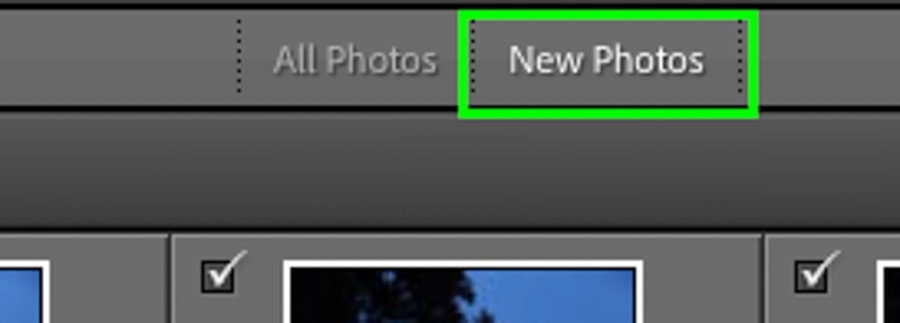
Once everything is in order, click the Import option to bring your photos into Lightroom. By following the steps outlined above, you’ll be able to fix any common issues with Lightroom not letting you import your images.
3 Possible Reasons Why You Can’t Import Your Photos + How To Fix
If you are still having issues, there are 3 things you can still check to resolve the problem.
1. The Images Are Already Imported
Lightroom tries its best to avoid importing any duplicate files, and for good reason. If you had doubles or even triples of some files, your catalog size would balloon and put more strain on your computer. Not to mention that it would be a complete disaster to organize!
Inside of the Import window, the “Don’t Import Suspected Duplicates” option is checked off by default. This way, Lightroom cannot add duplicate files into your catalog, making it impossible to import them.
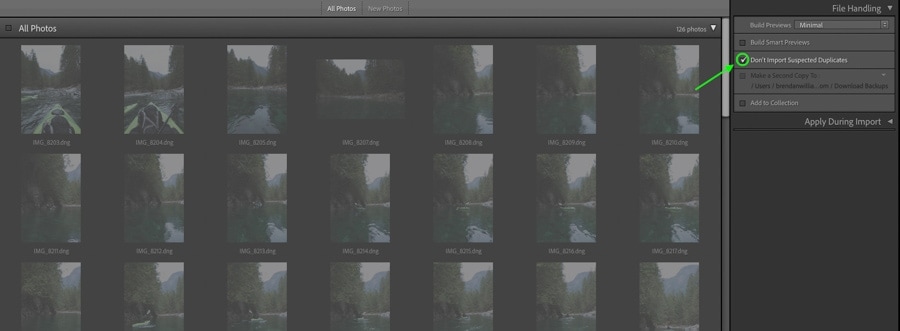
If this is your issue, the first plan of attack is to look through your Lightroom Library to locate the file(s) in question. If you can find them, make a note of where they are or move them into a new folder.
If you cannot find your files in the Library, you can uncheck the “Don’t Import Suspected Duplicates” option to allow Lightroom to import doubles. With this option unchecked, you will be able to import your photos once again.
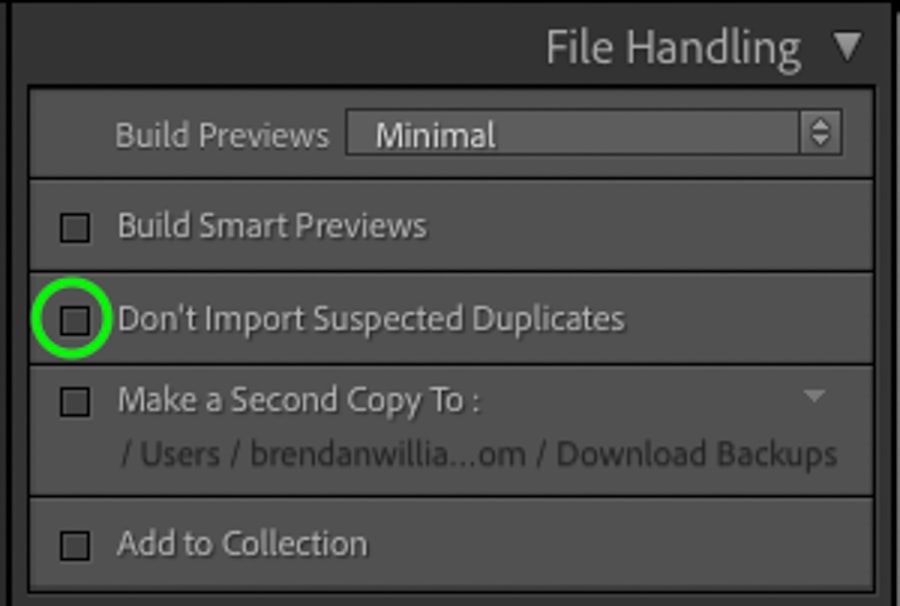
Assuming they were duplicates, of course!
2. The File Type Is Not Supported By Lightroom
A second reason why Lightroom can’t import your photos is that the file type is not currently supported. As Lightroom continues to get improvements and updates, new file types are added every few months. However, some are still not compatible with the program.
Lightroom does not support the following file types:
- Adobe Illustrator
- Nikon scanner NEF
- Files with dimensions greater than 65,000 pixels per side or larger than 512 megapixels.
If you are trying to import files that meet any of these criteria, you won’t be able to import them to Lightroom. Unfortunately, there is no way around this. To get the latest updates on supported image formats in Lightroom, see this post.
3. You Are Using The Wrong Import Setting
This third reason is commonly overlooked during the import process, especially if you’ve never used it before. At the top of the import window are 4 different options that read:
- Copy As DNG: Copies files to a new location, imports, then converts files to DNG.
- Copy: Copies files to a new location, then imports. For example, copy from memory card to computer.
- Move: Moves from one location to another on your computer then imports. For example, moving files from folder A to folder B.
- Add: Imports photos directly to Lightroom from their current location.
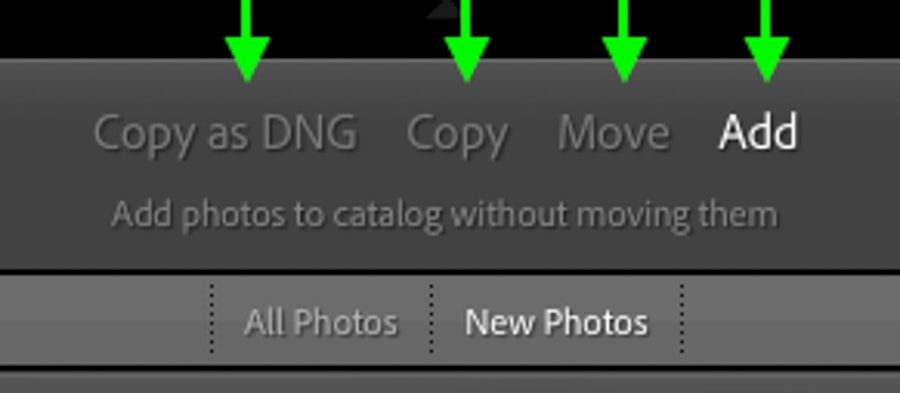
In most cases, importing with any of these methods will work. That is unless there is an issue with where you are trying to copy or move your files to on import.
To give you an example, let’s say I select the Copy option and the source location is a memory card. This means I will take the photos from the memory card, copy them, and then download them to a hard drive before Lightroom imports them.

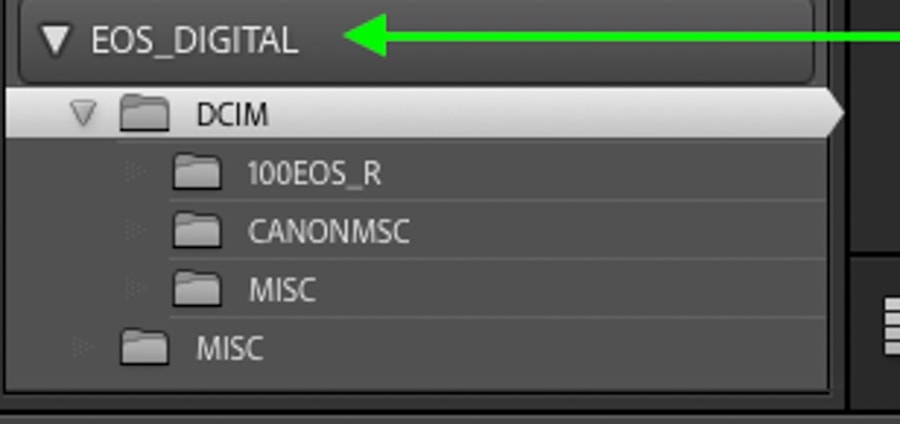
Now when I select the new save location, I’ll choose an external hard drive. Once everything is set up, I cannot import my photos for some reason.
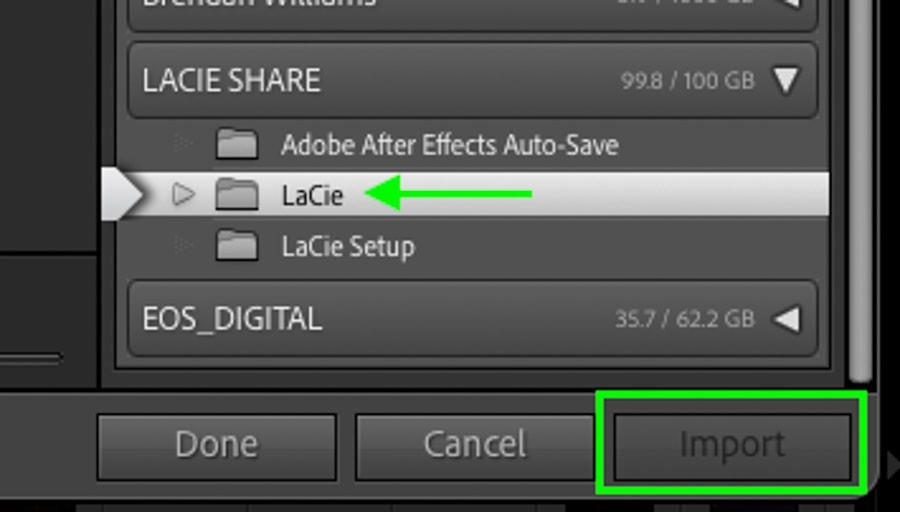
Well, as it turns out, the hard drive is actually full and doesn’t have room for these new files I want to import. Therefore Lightroom cannot move or import these files, causing an import error.

To fix this issue, I could select a new save location or select the “Add” option to import the image directly from their source location (the memory card). I could also select a different hard drive with more free space.
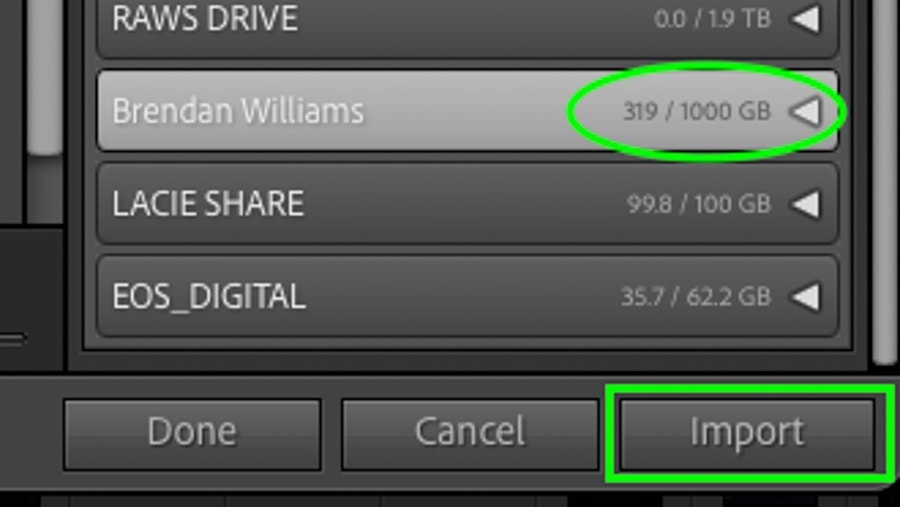
Although I do not recommend importing your photos from your memory card (as they aren’t backed up to your computer), this hypothetical example gives you an idea of why things may not work. Changing where you actually save your files via the Copy or Move import options will often solve any import problems.
If you are completely out of space on your computer and external hard drives, cloud storage could be a good option to look into instead.
So now you know the common reason why Lightroom can’t import photos and how to fix them. Luckily there is never a catastrophe going on and it usually comes down to a simple setting that needs changing.
Happy Importing!
– Brendan 🙂













None of them Worked still cannot import photos stupid software say Already Imported but they aren’t in the catalogue yet.
Lightroom is full of bugs like ANY Adobe product
If that’s the case you can always uncheck the “don’t import suspected duplicates” option on the right within the Import window. This will just import the photos again but at least you will be able to find them. Otherwise just make sure to look through all the drives/folders that have imported files in Lightroom. It’s easy to lose files when you have lots of folders between different drives.
Alex l too are having the same problem as you. I have Lr 5.7 and upto a few months ago it was working fine. Now it won’t even find any photos to Import. The little dail at the left-hand side comes on and goes round to indicate it’s looking then disappears and that’s it, no message, nothing no matter which photos l try to import even duplicate ones. I’ve tried all of the above suggested by Brendan but no luck. Have you solved it yet?
did you find a solution? Im having the same issue. Won’t even import duplicates but says its been imported already.